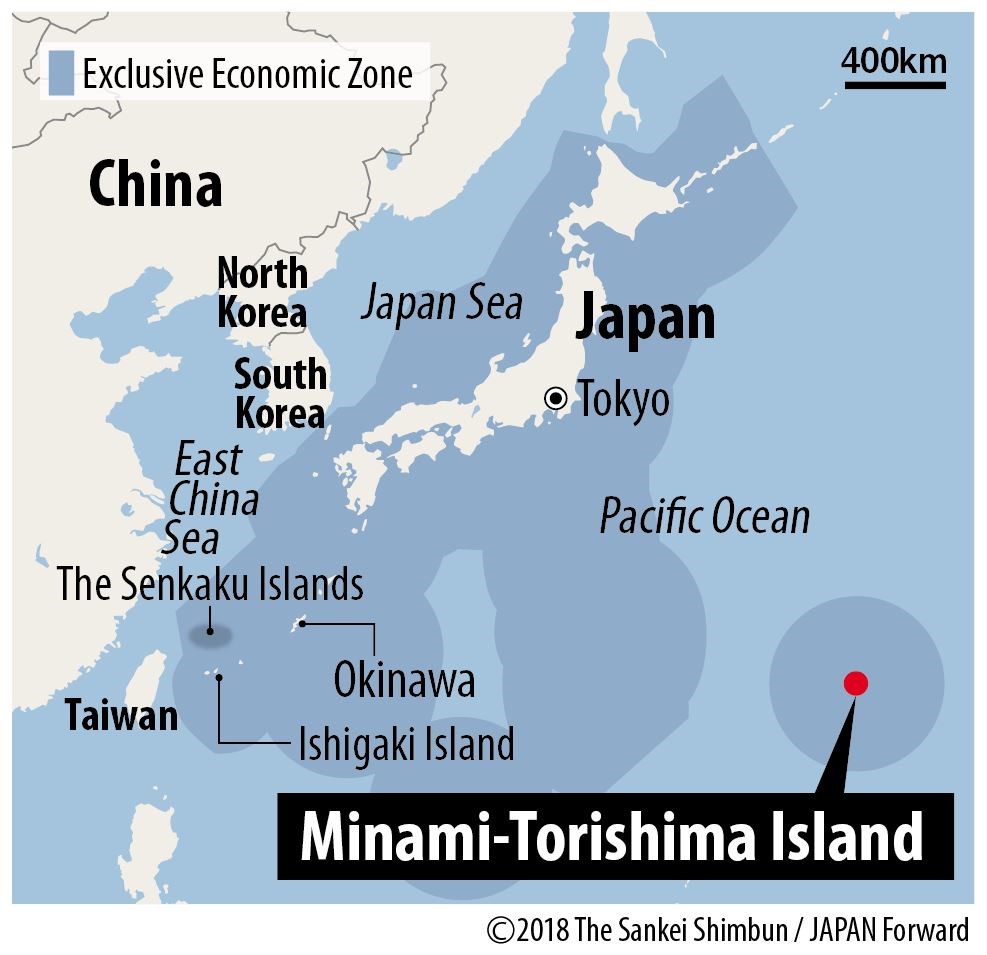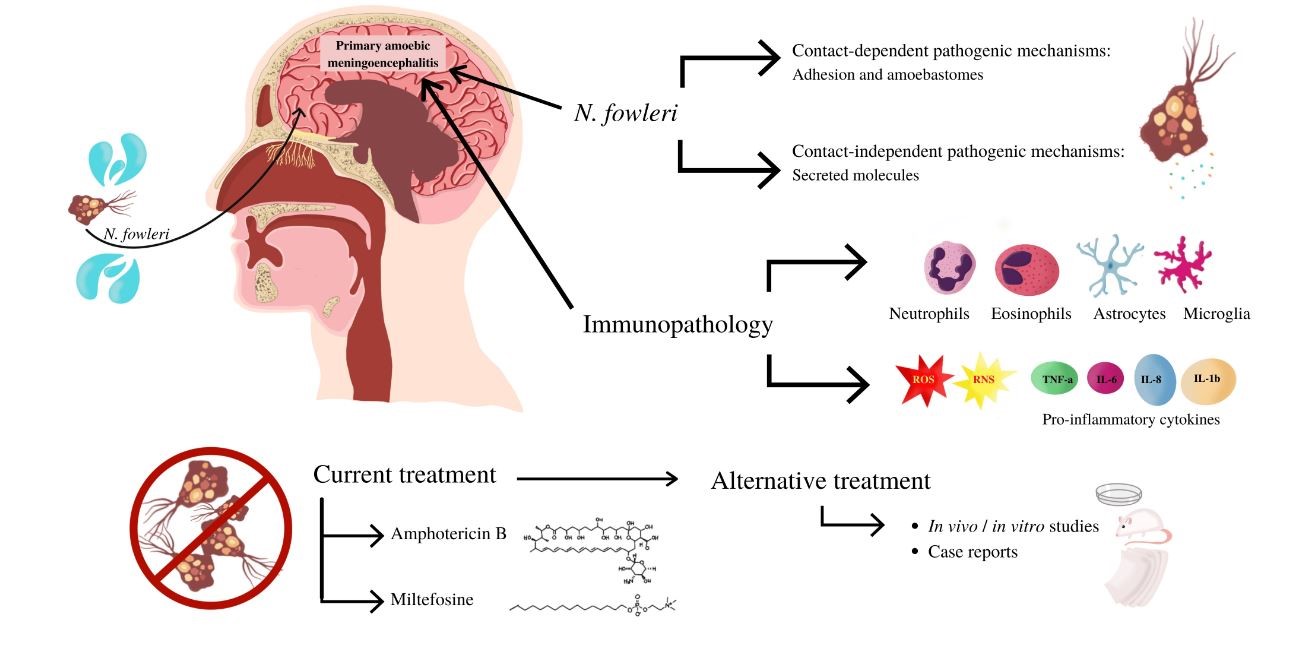Recently, the Indian cricket team is stranded in Barbados due to Hurricane Beryl.
The Windward Islands are a group of islands in the West Indies that make up the southern part of the Lesser Antilles, located in the eastern Caribbean Sea.
Tropical Cyclones
|
Hurricanes |
Tropical cyclones that form over the Atlantic Ocean or the eastern Pacific Ocean. |
|
Typhoons |
Tropical cyclones that form in the Northwest Pacific. |
|
Cyclones |
Tropical storms that form in the Bay of Bengal or the Arabian Sea. |
Characteristics of cyclones
References
Japanese researchers have recently discovered a trove of magnesium deposits essential for electric car batteries around the Minami-Torishima Island
Atoll is a ring-shaped reef including rim which is present around a lagoon.

EEZ is an area of the ocean, generally extending 200 nautical miles (230 miles) beyond a nation's territorial sea, within which a coastal nation has jurisdiction over both living and nonliving resources.
References
Recent amoebic meningitis deaths have raised concerns among the public and the health department of Kerala.

Reference
The New Indian Express | Amoebic Meningoencephalitis
A new Android-targeting banking malware named 'Snowblind' is stealing banking credentials.
A Trojan Horse Virus is a type of malware that downloads onto a computer disguised as a legitimate program.
The Linux kernel is the kernel used by Linux-based operating systems and the interface between the hardware and the computer processes.
|
Other Trojan horse virus attacks |
|
|
Rakhni Trojan |
|
|
Tiny Banker |
|
|
Zeus or Zbot |
|
References
Recently, Astronomers discover new radio galaxy, J0011+3217 using LOw-Frequency ARray (LOFAR).
|
Radio galaxy |
|
References